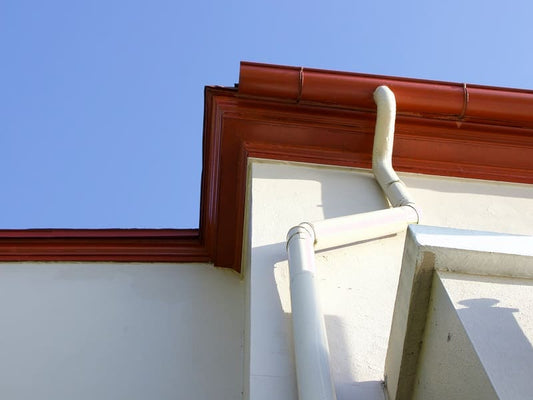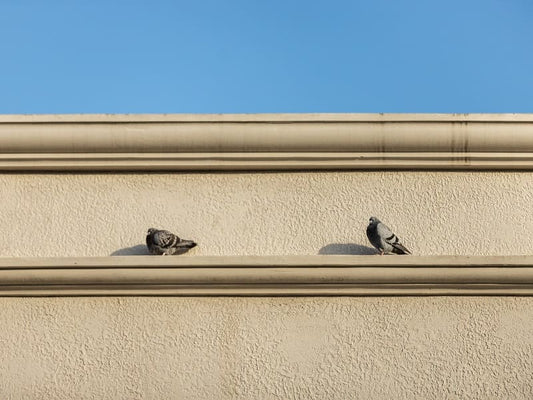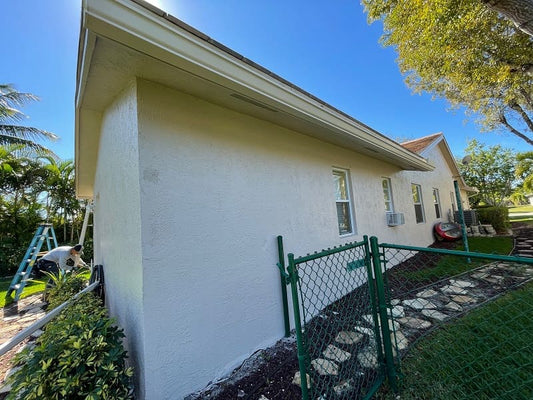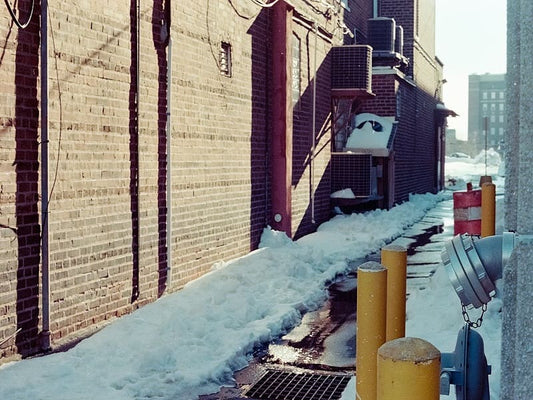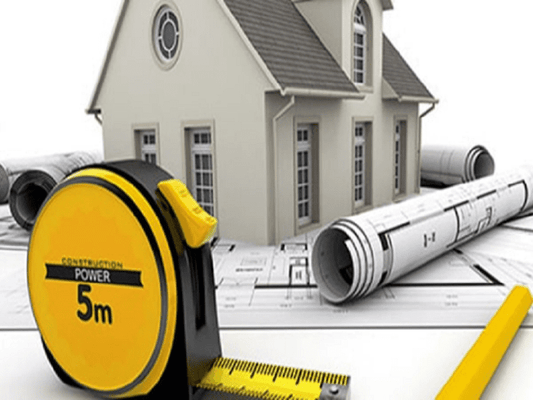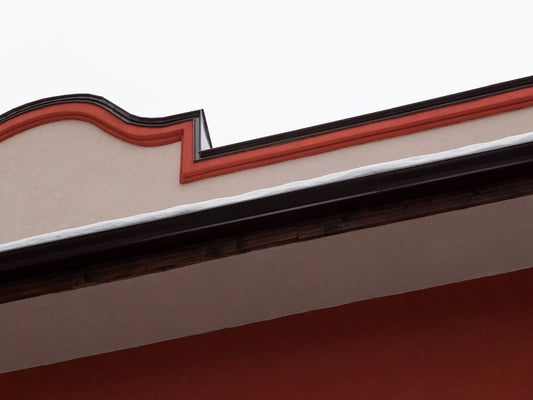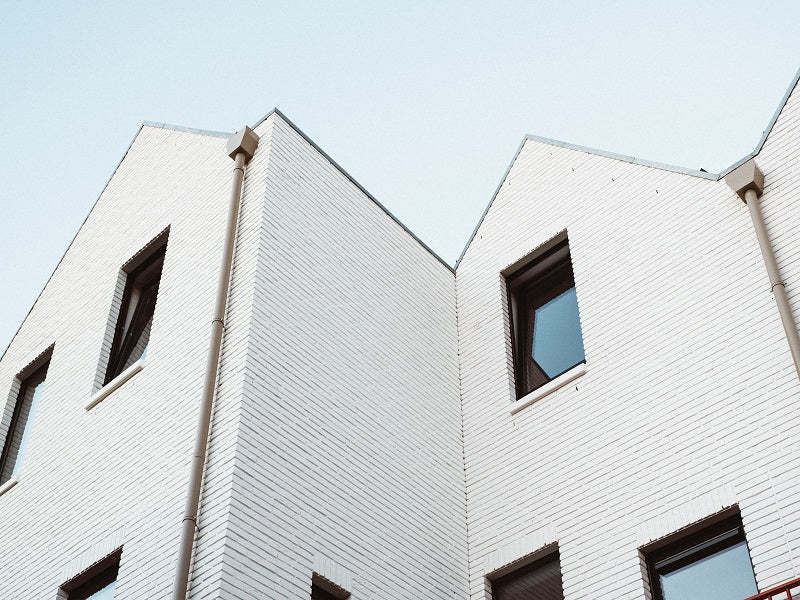
Gutter Slope: Why it is Important?
Gutter Slope: Why it is Important?
Even a slight tilt can make a big difference in gutters. Have you ever noticed how water dashes down the roof and into the channels when it rains heavily? Yes, that's how the gutter slope works. Think of a playground with a slide—water enjoys drops just as much as everyone else!
A gutter slope is like the little incline of a water slide. The gutter's pitch directs runoff water efficiently into the downspout. An appropriately slanted drain prevents precipitation from pooling and causing damage, much as a drop makes the journey easier. The goal is to provide water with a direct path away from your house in the event of a flood.
So, please put on your rain boots, and let's slide into why the gutter slope is essential. It's easy and fun, just like running around in puddles.
What is a Gutter Slope?
A gutter's slope is the angle at which we install it so that water flows away from the building. It's crucial for keeping water from pooling up and wreaking havoc on a building's foundation. The slope directs precipitation away from the structure and into the downspouts, where it gets safely collected and runs away from the foundation.
The gutter should have a dip toward the downspout for efficient drainage. Every 10 feet of gutter length requires a slope between a quarter and a half of an inch. A gentle incline like this prevents water from pooling and leaking in the gutters. Water flowing too rapidly might overflow the channel, while water pooling and not draining indicates too little slope.
Calculating Gutter Slope
Understanding the mathematical component of how rainwater should flow down the gutter is essential for calculating the gutter slope. The gutter slope is "gutter slope per foot," which refers to descent expressed per foot of gutter length.
To get the correct gutter slope, divide the whole length by the angle of pitch you want. For a channel with a rise of 1/4 inch per foot, you would divide the entire length by 0.25. Using this method, you may figure out how much drop there has to be in the channel per linear foot for water to drain efficiently.
The quantity of rain in your location, the gutter system's capacity, and the downspouts' size are all variables that might alter this estimate. Depending on the amount of precipitation, a steeper slope may be necessary. The dimensions of the gutters and downspouts influence the pitch required for proper drainage.
Minimum Gutter Slope Requirements
Building codes and regulations establish minimum gutter slope criteria, which outline the minimum drop a gutter must have to drain rainfall effectively. Specific standards have been set to ensure that gutter systems continue to do their job correctly and effectively.
There are several good reasons to ensure your gutters meet the minimum slope standards.
- For one, it keeps water from collecting in gutters, potentially flooding the downspouts and damaging the building's foundation: the downspouts and the proper slope work together to direct rainfall away from the property correctly.
- Second, if you follow these rules, you won't have standing water in your gutters. There is a danger to human health from mosquitoes and other insects that breed in standing water. Mold and mildew may flourish in water sitting about for a while, posing additional problems for the structure and its inhabitants.
Achieving the Right Gutter Slope
Achieving and maintaining the correct gutter slope is essential for adequate gutter drainage. It is possible to adjust the pitch of the gutter.
Initial Installation:
Gutter contractors will guarantee water flows downhill into the downspouts by adequately positioning the gutters during installation. To do this, you must first measure the length of the channel and then figure out the slope angle.
Adjustment:
Changing an installed gutter system is possible to solve issues with improper slope or water buildup. The hangers or brackets holding the gutters may need to adjust slightly to reach the correct pitch.
Gutter Slope Inserts:
Add a gutter slope insert, available in various materials, including plastic or metal, to your gutter to achieve the required slope. Gutter inlays like these provide a gentle slope, leading water more quickly to the downspout.
Benefits of Proper Gutter Slope
With the proper gutter slope, you can better minimize water damage and increase the efficiency of water drainage and flow.
1. Prevents Water Accumulation:
With the proper gutter slope, rainwater will be directed away from the house and into the downspouts. This reduces the likelihood of gutter damage or collapse because of excessive weight or strain.
2. Prevents Spilling and Leaking:
Water won't overflow or seep out of your gutters if they're installed at the correct angle. Too much water may overflow the boundaries and wreak havoc on the walls, the foundation, and the landscaping if the slope isn't appropriate.
3. Provides security for the building:
A building's foundation, walls, and basement are all protected from water damage thanks to adequately sloping gutters. This aids in preventing damage to the building's structure and subsequent expensive repairs.
4. Limits the Spread of Mildew and Mold:
A correct slope helps water drain and flow efficiently, reducing the likelihood of water pooling in gutters. Mold, mildew, and other potentially dangerous microbes thrive in stagnant water.
5. Improves the Outdoor Space:
The optimal gutter slope prevents erosion and damage to your landscape from excess water flow by efficiently redirecting the water away from your property.
Common Gutter Slope Issues and Solutions
A problem with the gutter's slope might result in water pooling and subsequent damage. Finding these problems is essential for keeping your gutters in good working order.
Inadequate Slope:
A shallow gutter slope will not direct water effectively into the drains. When it rains a lot, the water will pool and likely overflow.
Solution:
Make sure the gutters have a moderate descent towards the downspouts by rearranging the hangers or brackets.
Extreme Incline:
On the other hand, water that rushes too rapidly down an excessively steep slope might overflow the gutters.
Solution:
Level off the slope so water may flow easily and without spilling over.
Collapsed Gutters:
Gutters may droop or bend over time, preventing water from flowing in the direction it should.
Solution:
Restoration of proper gutter slope and function requires reinforcement of the gutter supports or replacement of damaged parts.
Disruptions or Impasses:
The gutters can benefit from the proper slope even when clogged.
Solution:
Maintaining clean gutters consistently will prevent water from pooling and overflowing.
Common Misconceptions about Gutter Slope:
Let's clear up some misunderstandings regarding gutter slope so you can make educated choices about your home's gutter system.
Misconception:
Some people think that water can run down the gutter at any angle. Therefore, they don't bother to install gutters.
Fact:
While water may seem to flow down any incline, a specific minimum angle is required for proper drainage and to avoid water buildup.
Misconception:
A steeper slope often results in better water flow.
Fact:
It's best to have a modest and steady incline. Water may overflow the gutters if the slope is too steep, and pooling can occur if it is too shallow.
Misconception:
Some people believe gutters don't need a slope to function correctly.
Fact:
Gutters should have a modest slope that directs water to the downspouts to reduce problems caused by standing water.
Misconception:
It's a common misconception that gutters prevent changing a roof's slope.
Fact:
You can adjust the gutter slope during or after installation to ensure proper water flow.
Conclusion
Keeping the correct gutter slope is essential for efficient rainfall drainage, which helps minimize water collection and subsequent property damage. You can protect a home's foundation and structural integrity from flooding by creating a gentle slope that directs water toward drains.
You may ensure the best gutter performance with regular maintenance and modifications. Maintaining the proper gutter slope is crucial for a safe and dry home.

